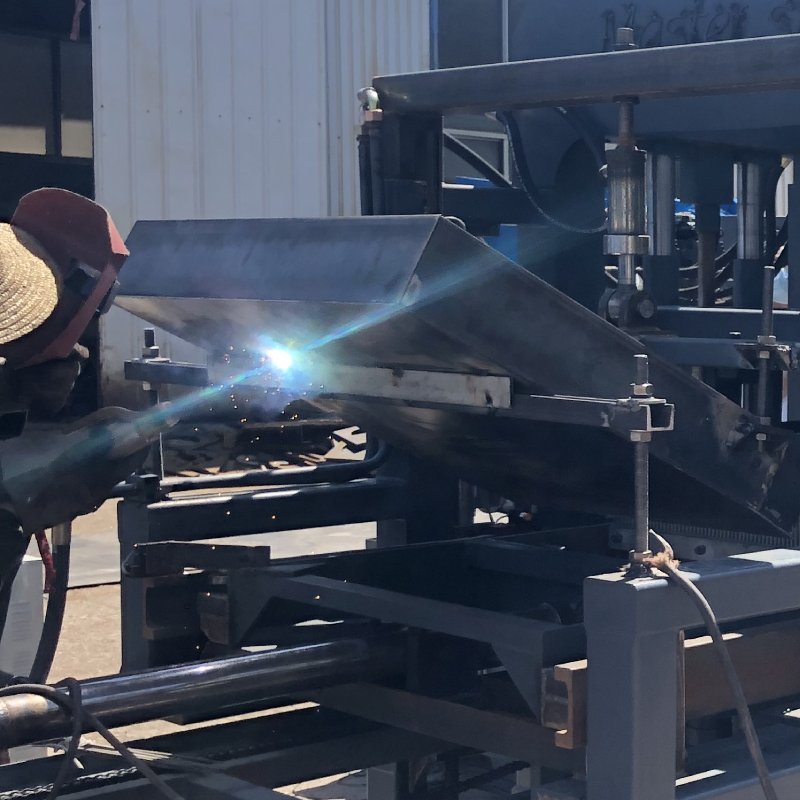
Business Models and Structures for Block Manufacturing Enterprises
Establishing a block manufacturing enterprise involves careful consideration of the business model and structure. The choice of business model and structure will impact operations, financing, and overall organizational efficiency. Here are several business models and structures to consider for a block manufacturing business:
1. **Sole Proprietorship:**
– **Description:** In a sole proprietorship, a single individual owns and operates the block manufacturing business. This is a straightforward and easy-to-establish model, with the owner having complete control and responsibility.
– **Pros:** Simple to set up, full control, and direct decision-making.
– **Cons:** Limited access to capital, personal liability for business debts.
2. **Partnership:**
– **Description:** A partnership involves two or more individuals sharing ownership and responsibilities. Partnerships can be general partnerships, where each partner has equal liability, or limited partnerships, where some partners have limited liability.
– **Pros:** Shared responsibilities and resources, potentially more access to capital.
– **Cons:** Shared decision-making, potential for conflicts between partners.
3. **Limited Liability Company (LLC):**
– **Description:** An LLC combines elements of a partnership and a corporation. It provides limited liability for its owners (members) while allowing for flexibility in management and taxation.
– **Pros:** Limited liability, flexibility in management, pass-through taxation.
– **Cons:** Complexity in formation compared to sole proprietorship or partnership.
4. **Corporation:**
– **Description:** A corporation is a separate legal entity owned by shareholders. It offers limited liability to shareholders and is subject to corporate taxation.
– **Pros:** Limited liability, potential for raising capital through the sale of stocks, longevity.
– **Cons:** Formal structure and governance, double taxation (corporate and individual).
5. **Cooperative:**
– **Description:** A cooperative is owned and operated by its members, who are also the customers. Members share in the decision-making process and profits.
– **Pros:** Shared ownership, democratic decision-making, shared profits among members.
– **Cons:** Limited access to external capital, potential for conflicts among members.
6. **Franchise Model:**
– **Description:** Franchising involves licensing the rights to operate a business under an established brand. The franchisor provides support, branding, and operational guidelines to the franchisee.
– **Pros:** Established brand recognition, support from the franchisor, potential for rapid expansion.
– **Cons:** Franchise fees and ongoing royalties, less control over business operations.
7. **Social Enterprise:**
– **Description:** A social enterprise integrates social or environmental goals into its business model. This could involve employing disadvantaged individuals, implementing sustainable practices, or contributing to community development.
– **Pros:** Social impact, potential for community support and partnerships.
– **Cons:** Balancing social and financial objectives, potential for increased complexity.
8. **Online Sales and Distribution:**
– **Description:** Utilizing an e-commerce platform for online sales and distribution allows for a virtual storefront, reaching a broader customer base beyond local markets.
– **Pros:** Access to a wider market, reduced reliance on physical storefronts.
– **Cons:** Initial investment in online infrastructure, potential logistical challenges.
9. **Contract Manufacturing:**
– **Description:** Focus on providing contract manufacturing services for other construction or building material companies. This involves producing blocks for third-party clients based on their specifications.
– **Pros:** Diversification of revenue streams, potentially lower marketing costs.
– **Cons:** Dependence on external contracts, potential for reduced control over product branding.
10. **Vertical Integration:**
– **Description:** Vertical integration involves owning and controlling multiple stages of the production and supply chain, from raw materials to distribution.
– **Pros:** Increased control over supply chain, potential cost savings.
– **Cons:** Higher initial investment, increased complexity in managing various aspects of the business.
When choosing a business model and structure for a block manufacturing enterprise, it’s essential to consider factors such as your long-term goals, funding requirements, level of control desired, and the regulatory environment. Consulting with legal and business professionals can provide valuable insights tailored to your specific circumstances and industry dynamics.
